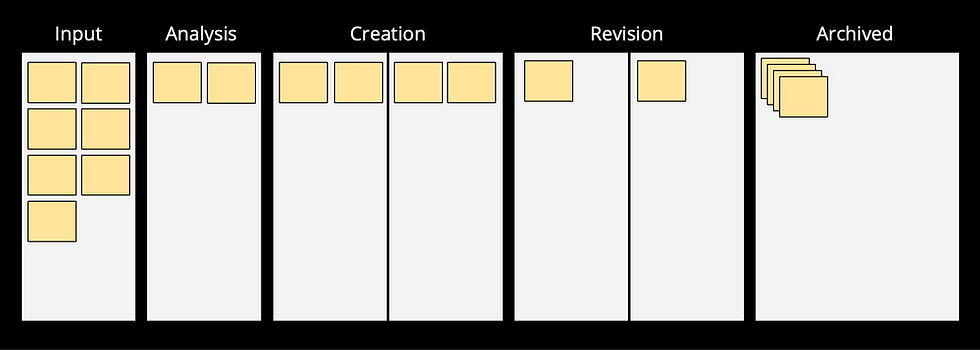Continuous planning for product development
- Rafael Sabbagh
- Oct 25, 2023
- 2 min read
Updated: Dec 8, 2023
Today, I’ll talk about continuous planning for product development. I’ll do that by using an analogy I created years ago, which I call the "Horizon Analogy.”
Imagine we are in the streets of a fairly flat city and we want to describe all we can see in front of us: cars, signs, traffic lights, houses, buildings, people, and everything else from the closest to us to the furthest in the horizon. When we describe what is nearest, as we can see it clearly, we can describe that with a lot of details and with very high precision. This is compared to planning what is to be implemented next. That should be very detailed.
Looking a little farther away, we can still detail it well, although less than before. And as we look farther and farther away, the level of detail in our description and its precision gradually decrease. If we try to describe what is more distant with the same level of detail than what is the closest to us, we will be wrong, because we simply can’t see it. That corresponds to trying to describe what will be created further in the future with a great level of detail, which will certainly lead to error. For planning what to be implemented further and further in the future, we need to gradually decrease the precision. The more distant something is in the future, more time will pass until we reach it, and more uncertainty there will be around it.
Traditional planning, with this analogy, would correspond to describing everything at the beginning, from the closest to the furthest, with very high precision and an excellent level of detail, which certainly does not correspond to reality. Isn’t that what we do when we create a traditional plan in a Gantt chart, maybe on Microsoft Project with every task everyone will be doing from here to months ahead?
But now, as we walk towards the horizon, we get closer to what before was far. We will then refine what we’re describing, adding more details as we can see them more clearly. Besides that, we’ll reflect in our description the changes we noticed that occurred during the journey this far. In every step, we’re describing what we can actually see, no more, no less. And we keep walking.
Now, if we use a work item list like a product backlog, this list will reflect the Horizon Analogy. See, the items on the top will be the closest to us. They need to be very detailed, very fine-grained, very specific. But as we look down on that list, the items become less and less specific, more vague. Of course, we don’t need a long list. But in the case that we have one, the items at the bottom will just represent vague ideas, very far in the horizon.
And of course, as we develop some of the items, we leave them behind. Then we will be closer to next ones, so we can refine them. We can describe them better because we will see them better, and we keep doing that throughout the entire product development work.
So this is my “Horizon Analogy” for continuous planning. Hope you liked it!

Comments